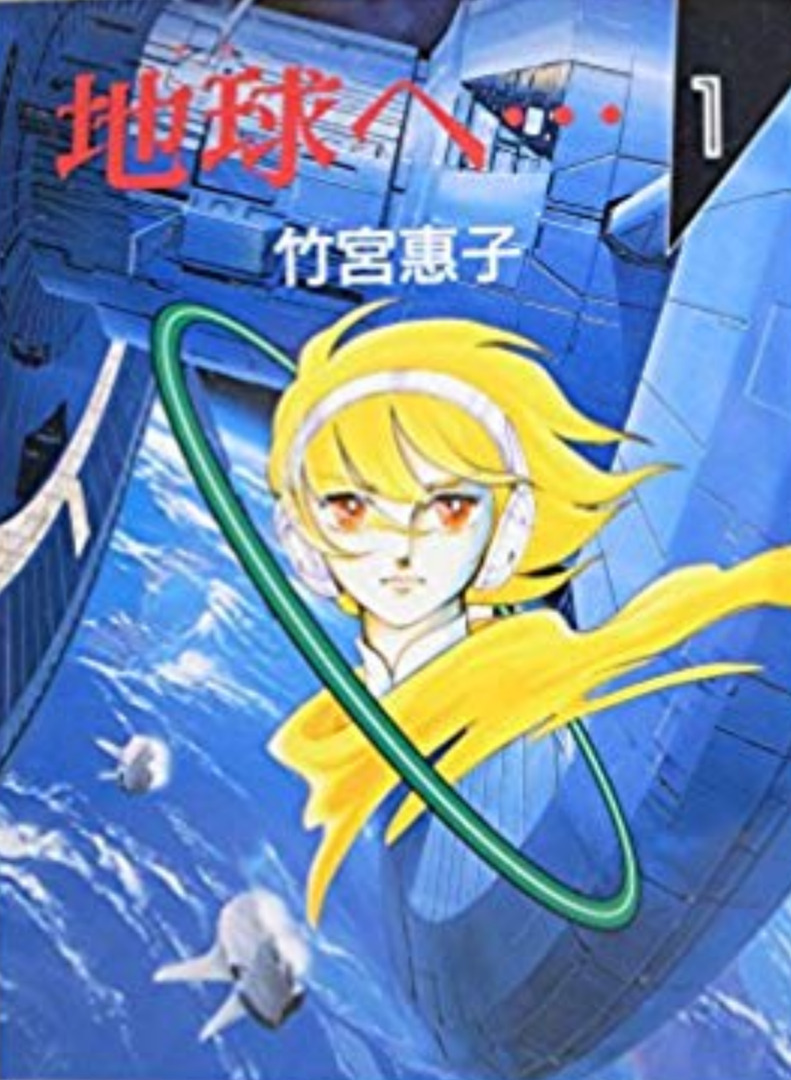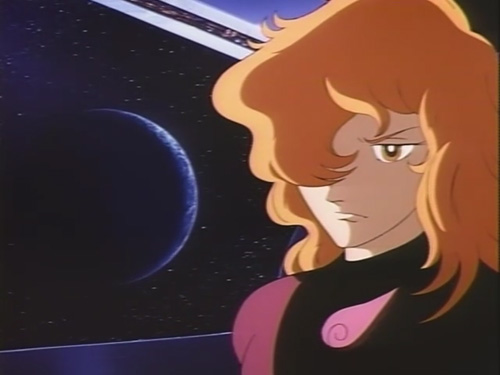

Specifically, the idea of a mutant race of advanced human beings has been explored innumerable times before Toward the Terra (and indeed since). This scenario recalls countless similar science fiction futures that predate it. But for all their perceived differences, the Mu and humans share a common goal: to return to Terra. Fearing their powers, the human government systematically persecutes the Mu, eradicating them upon detection. "Mu" are born, look, and act like their human peers and neighbors but gradually develop latent psychic abilities. A deviant gene, however, threatens Grandmother's authority. Children are conceived and born artificially, raised by foster parents, and, at age fourteen, subjected to a mental ("adult") examination to determine their suitability for the adult world. A network of supercomputers, each connected to Grandmother, a central hub housed in a cavernous womb deep below Terra's surface, regulates every aspect of human existence. At street level, citizens travel on moving conveyer belts. Raised, spiraling roads encircle slender buildings, each topped with convenient landing pads. This future follows the depletion of Earth's natural resources when humans have spread from one solar system to the next, erecting vast metropolises of towering skyscrapers. So, do the 2007 series' shortcomings reflect poor handling of the original manga, or has Takemiya's vision of the future itself become a thing of the past?

Animated by Tōei Dōga, the studio behind Space Pirate Captain Harlock, and directed by Onchi Hideo, the film remains a highlight of a prodigious period of science fiction anime. Toward the Terra was more successfully brought to the screen as a feature film in 1980. Yamazaki's series, however, is not the first adaptation of this manga.
#Toward the terra 1980 series#
By doing so, he ultimately renders the series curiously incomplete, laying signposts that lead to frustrating dead ends throughout. Based on Takemiya Keiko's manga (1977-1980), Yamazaki Osamu's adaptation is superficially faithful to its source, right down to the occasional bell bottoms and bouffant perm, but, in emulating the grand space operas of the 1970s and '80s, Yamazaki neglects one of Takemiya's most prevalent influences: the "superman" stories of the American science fiction pulps. Toward the Terra, the 2007 televised series, is one example. Ironically, for a genre largely defined by its forward vision, many recent examples of science fiction anime strive to recreate the past in their retro depictions of the future.


 0 kommentar(er)
0 kommentar(er)
